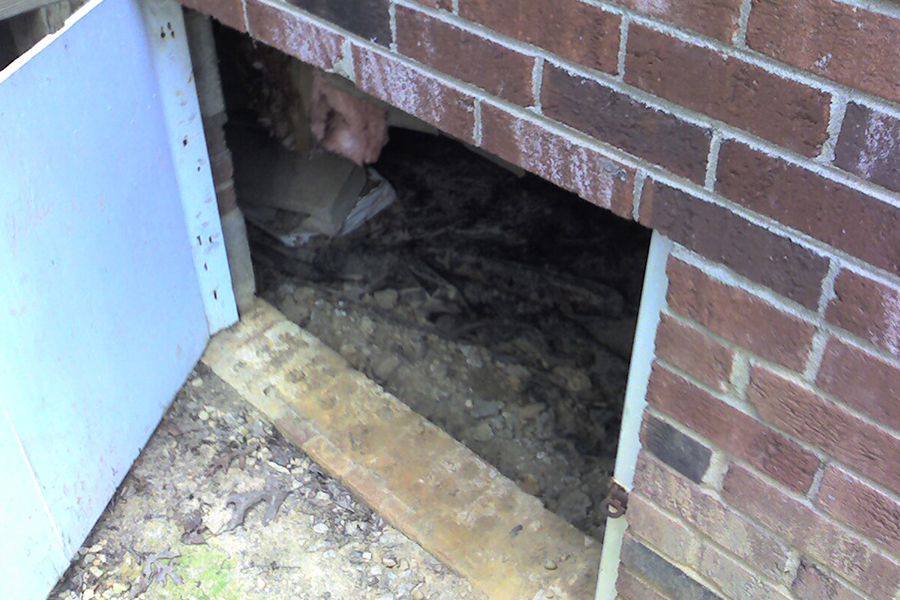Close your crawl space vents.

Your crawl spaces are the perfect place for cold air to hide. The vents allow the air to blow into your house and make it a lot colder than it should be. By closing them, you’re preventing the cold air from gathering beneath your house. Doing this does more than just lowering your energy bill. Closing your vents could also prevent spending tons of money down the line. If left open, your floors will end up cold and your pipes could freeze. Trying to use them could result in a busted pipe. Yikes!
However, homeowners should keep in mind that closing the vents can be a little dangerous during warmer days. By keeping them closed, moisture is trapped under your home. This moisture can quickly cause wood rot and cause costly repairs. It's a delicate balance, but opening your vents in the summer and closing them during the winter is the best way to lower your energy bill.
(image via Flickr)
Change the furnace filter.
Find the sweet spot on your thermostat.
Leave the thermostat alone.
Use rope caulk.

This product is great for filling in gaps around leaky windows. It’s dry, comes on a roll, and requires only scissors and water for an installation that only take a few minutes.
(image via Flickr)
Open and close your drapes.
Use vent deflectors.

The room will feel warmer when you direct the heat where it's needed. Attach deflectors to vents to change the direction of airflow. This can be done easily with screws or magnets.
(image via Amazon)
Buy draft blockers.

Available in a variety of colors and designs to coordinate with your interior decor, these simple insulators keep cold air from entering your house through that gap under the door.
(image via Amazon)
Take a shower instead of a bath.
Turn down the temperature on your water heater.
Rinse clothes in cold water.
Let your dishes air dry.
Change your light bulbs.
Add a layer of clothing.
Combine your baking.
 Author
Cheri Thriver
Last Updated: November 21, 2024
Author
Cheri Thriver
Last Updated: November 21, 2024










